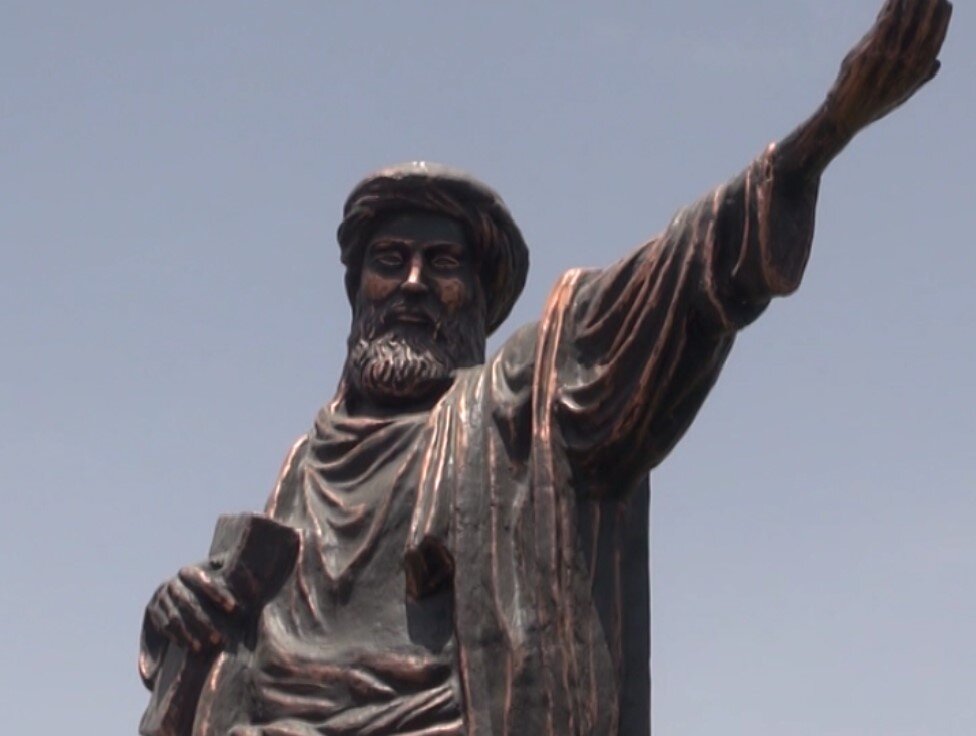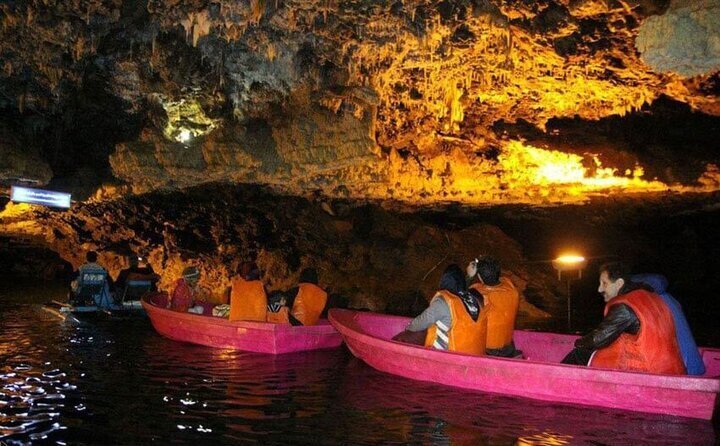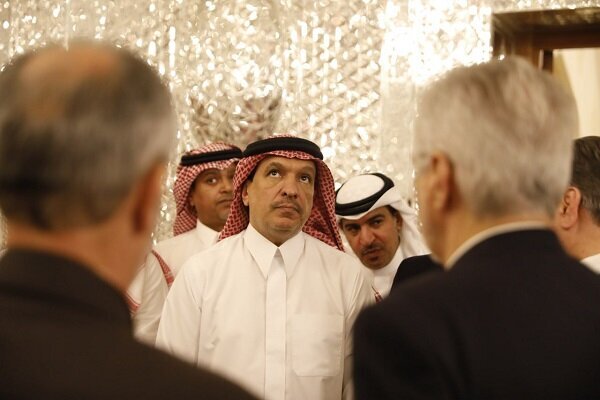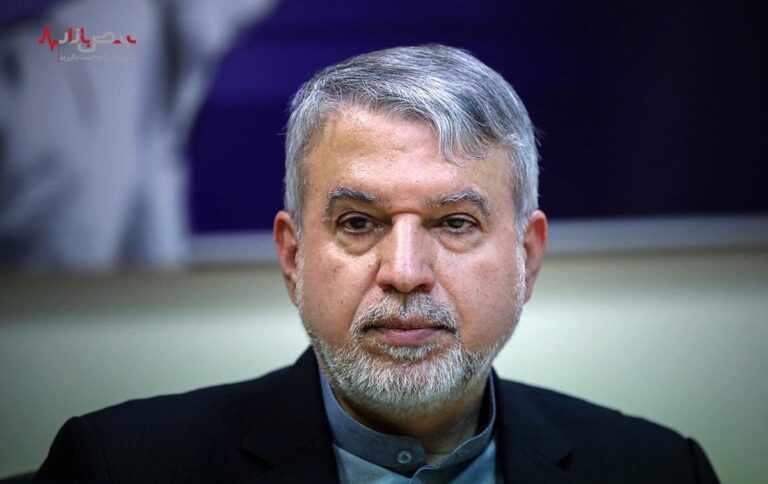
Similar Posts
Isfahan’s Si-o-Se Pol: Iconic Bridge to Lose Historic Memoir Writings!
Isfahan has initiated a significant cleanup of the historic Si-o-Se Pol bridge, confirmed by Hadi Allahyari from the Cultural Heritage Department. The project aims to remove unsightly graffiti while preserving the bridge’s beauty and historical significance. The cleaning, which began post-Nowruz 1404, involves multiple phases, including cleaning the bridge deck and lower floor, with future plans for Khaju Bridge. Allahyari noted challenges like high foot traffic and the complexity of removing markings. The efforts reflect Isfahan’s commitment to preserving its cultural landmarks, enhancing its status as a premier tourist destination rich in history and architecture.

Bangladeshi Envoy Advocates for Enhanced Promotion of the Stunning Ali-Sadr Cave
Bangladesh’s ambassador to Iran, Manjurul Karim Khan Chowdhury, emphasized the importance of promoting Ali-Sadr Cave, one of the world’s largest water caves, to attract international tourists. Located in Hamadan province, the cave features unique water-filled passages and rich historical significance, making it a prime natural attraction. During his visit, Chowdhury praised its breathtaking scenery and suggested enhanced marketing strategies, such as partnerships with travel agencies, social media campaigns, and cultural events, to boost visibility. He believes that effectively showcasing Ali-Sadr Cave can draw more visitors from Bangladesh and beyond, enriching Iran’s tourism landscape.

Saudi Ambassador Celebrates Isfahan: The Must-Visit Travel Gem of Iran!
Saudi Ambassador to Iran, Abdullah bin Saud Al-Anzi, highlighted Isfahan’s immense tourism potential during his visit to the Tehran International Tourism Exhibition. He praised the city’s rich cultural heritage, unique architecture, and warm hospitality, emphasizing its status as a key tourist destination. Al-Anzi acknowledged Saudi Arabia’s commitment to enhancing its tourism sector and fostering regional partnerships but noted that a formal collaboration plan with Iran is still in development. Isfahan’s attractions, including UNESCO World Heritage sites and traditional bazaars, position it as a must-visit destination. The growing interest in tourism reflects promising prospects for future cooperation between the two nations.

Tourism Minister Reveals Exciting Investments Transforming Iran’s Southern and Northern Coastlines
Iran’s tourism sector is set for significant growth through new initiatives focused on coastal investment. With the Persian Gulf, Sea of Oman, and Caspian Sea as focal points, the government, led by tourism minister Seyyed Reza Salehi-Amiri, aims to attract 15 million international tourists by the end of the 7th National Development Plan, up from 7 million last year. Key to this goal is enhancing hospitality infrastructure, currently at 1,843 centers with 455,000 beds, with plans to double capacity. Emphasizing international cooperation and learning from regional competitors, Iran seeks to leverage its rich cultural heritage to become a top tourist destination.
Japan’s Ambassador Explores UNESCO Heritage: A Visit to the Iconic Dome of Soltanieh
Japanese ambassador to Iran, Tamaki Tsukada, recently visited the UNESCO World Heritage site, the Dome of Soltanieh, in Zanjan province. Recognized for being one of the largest brick domes globally, the site exemplifies Iran’s cultural heritage and architectural excellence. Tourism chief Dariush Naderi highlighted the ambassador’s admiration for the monument, which could boost international tourism to Zanjan. Tsukada expressed hope for increased tourist interest in Iran’s historical treasures. The Dome, a mausoleum of Ilkhanid ruler Oljaitu, is significant for its innovative architecture and rich history, marking a key transition in Islamic architectural development.

Discover the Stunning Saheb Alamr Mosque: A Jewel of Tabriz, Iran
The Sahebol-Amr Mosque in Tabriz, East Azarbaijan, is an architectural marvel with a rich history dating back to 1636, constructed under Safavid king Tahmasp I. Despite its cultural significance, the mosque faced destruction during an invasion by Ottoman ruler Murad IV in 1638 and was later damaged by an earthquake. Architect Goli Khan Danbali led its restoration, preserving its beauty and heritage. The mosque also has historical ties to Mithraism, enhancing its cultural importance. Today, it serves as a religious site and a cultural hub featuring a calligraphy and Quran museum, attracting visitors interested in Iran’s rich heritage.